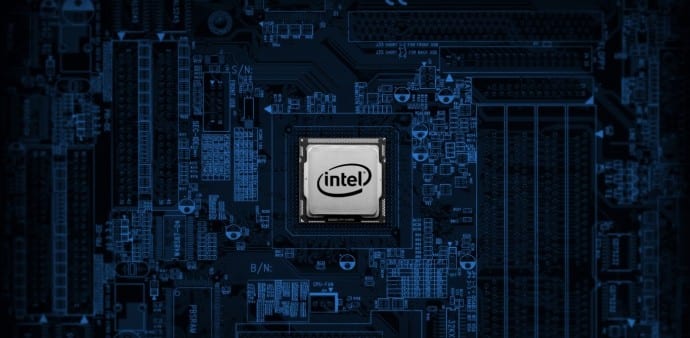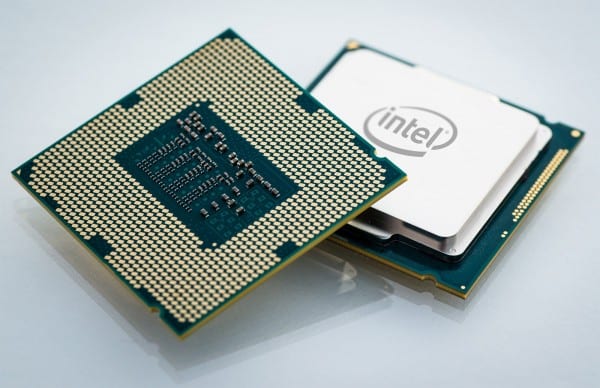Intel Chips Will Have to Sacrifice Speed Gains for Energy Savings
The future is looking bright, if you desire more battery life over performance. It’s because future Intel processors are going to possess an energy efficient factor that will dwarf its predecessors, although we have to say that seeing more performance is something that normally everybody desires, particularly when you seamlessly want to complete multitasking operations.
William Holt, who leads the company’s technology and manufacturing group, said this week that if chips will have to continue improving, Intel will have to use a variety of new technologies in order to achieve this feat. However, these new technologies will have different results; much different according to our expectations. Future processors and chipsets are going to be used for a variety of different applications, which includes cloud computing, mobile devices, and robotics.
Intel cofounder Gordon Moore made the Moore’s law in 1965, and those chips have functioned under those laws. Moore proposed that companies should double the number of transistors on a given area of a chip every two years in order to keep making better performing chips without reaching unsustainable costs. The company and several others have successfully managed to produce processors with ever greater numbers of ever smaller and cheaper silicon transistors in order to that law alive and at the same time, these transistors have become more efficient to the point that they have been incorporated in mobile devices, and hybrids.
However, Holt believes that it is high time that things should take a turn as he states the following:
“Particularly as we look at the Internet of things, the focus will move from speed improvements to dramatic reductions in power. Power is a problem across the computing spectrum. The carbon footprint of data centers operated by Google, Amazon, Facebook, and other companies is growing at an alarming rate. And the chips needed to connect many more household, commercial, and industrial objects from toasters to cars to the Internet will need to draw as little power as possible to be viable.”
The next manufacturing process on which processors are going to be manufactured on is the 10nm FinFET, and hopefully this time, Intel will not be delaying out on its next-generation chips.

